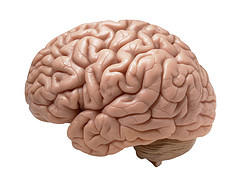Controlling your blood pressure is important as you age, as it may decrease your risk of stroke or heart attack. High blood pressure, otherwise known as hypertension, is a blood pressure level of 140/90 mmHg or higher. If you feel that you may be at risk for high blood pressure or you simply want to take preventative measures, these simple tips can help. But first, remember to consult with your doctor!
- Start a heart-healthy diet. The most important way to control your blood pressure through your diet is by decreasing your sodium intake and not consuming saturated fats. You should also incorporate more lean meats, fish, and fresh fruits and vegetables into your daily diet.
- Lose some weight. The majority of people with high blood pressure are at least 10 pounds overweight, so this makes a good starting point for how much you should lose to see blood pressure results. If you’re already on blood pressure medication, this can also help make it more effective.
- Decrease stress. Although stress isn’t the main cause of high blood pressure, it is certainly a contributing factor. Practice meditation and deep breathing to help ward off stressors in your daily life.
- Quit your vices. Bad health habits like smoking, drinking, and consuming too much caffeine can all increase your blood pressure, so try to cut them out of your life.
Prevention & Treatment of High Blood Pressure [American Heart Association]
Lower Your Blood Pressure Fast With These Tips [Healthline]
Preventing High Blood Pressure: Healthy Living Habits [CDC]





 Equal Housing Opportunity
Equal Housing Opportunity